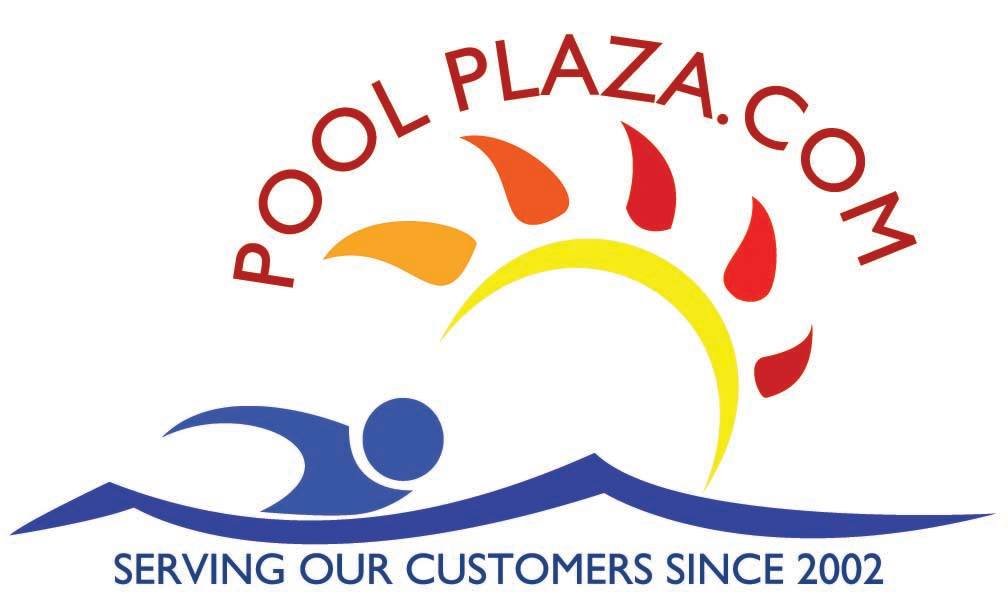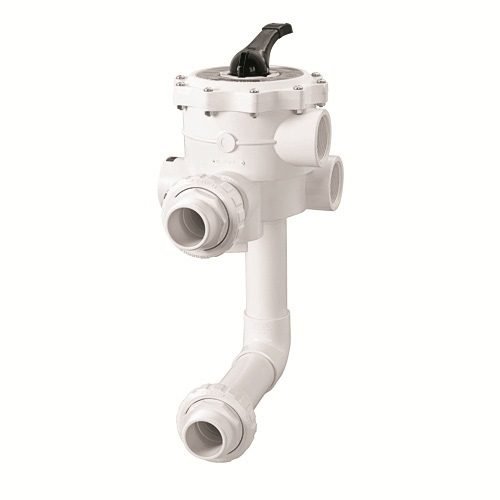Salt Water Chlorinators
Salt water pool chemistry is a little different from normal pool chemistry. For more information on how a salt system works check our salt
systems section. For information on how to work with a salt system read more below.
Properly controlling a salt water chlorinator – There are three things that are important when using salt water
chlorination:
1. Keep the proper level of salt and stabilizer in the pool
Most salt water chlorinators require a 2500 – 3000 parts per million salt concentration in the
water. This can barely be tasted in the water, but provides enough salt for the salt cell to produce the chlorine needed to maintain the pool.
If the salt level drops too low, the system will not be able to produce chlorine. Most
systems have some sort of indicator to show low salt levels in the pool. The answer to low salt levels is to add rock salt to the skimmer and let it dissolve into
the water.
It is also important to have a good stabilizer level (30 – 50 ppm) in the pool or the sunlight
will burn up the chlorine and the saltwater system will not be able to keep up with the demand.
2. Adjust the control knob on the salt system
The salt system has a knob that controls the amount of chlorine that is generated. This can be adjusted to
keep the production of chlorine in line with the demand.
3. Keep a close eye on the stabilizer and salt levels in the pool
These levels must be carefully maintained. If the salt level is too low, then the unit
will not produce chlorine. If the stabilizer level is too low, the chlorine will not stay in the water long and the unit will not be able to keep up with demand.
4. Make sure the pool is running long enough to produce adequate chlorine
The timers on the pool should be set to run during the hottest daylight hours, preferably from
at least 10 am to 6 pm during the summer. This is when your chlorine usage is highest. The system will only produce chlorine while the pump is running so it
is important to run the pool long enough.
Shocking a Pool (Superchlorination)
If the chlorine reading gets too low then it is important to superchlorinate the pool in
order to quickly raise up the chlorine level to avoid unsanitary water. The salt system should be sized to provide sufficient chlorine output, but in the event of
very heavy chlorine demand (swim party, heavy rains, etc.) it might be necessary to supplement the chlorine feed with a manual shock.
It is important to use only as much granular chlorine as is needed. Many salt system owners are sensitive to
heavy amounts of packaged chlorine with all its byproducts.
Simply adding more salt to the system WILL NOT be enough to solve the problem if you have
a low chlorine level. That will enable the salt system to begin making chlorine, but will not immediately raise the chlorine level.

|































